It was a sunny market day in late April 1937, around 4:30 in the afternoon, when the incendiary bombs started falling. By the time the last of them dropped, a little over three hours later, virtually nothing was left of the Basque town of Guernica. The buildings in the city’s historical center had been reduced to rubble and an estimated 1600 people (more than 15% of the total population) had been killed.
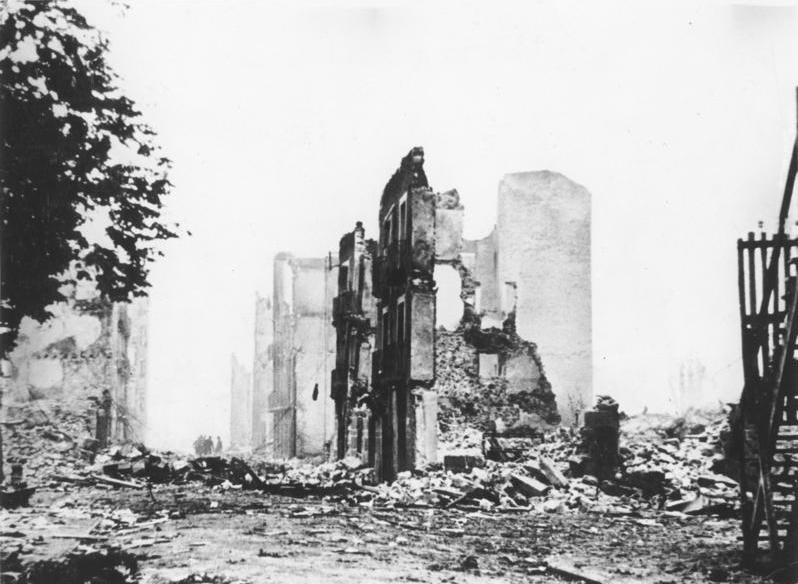
Although Guernica was not the first strategically insignificant, non-combatant town ever to be targeted for aerial bombardment, its destruction by the Nazi Condor Legion, working in collaboration with the Spanish Nationalists under the command of General Francisco Franco, left little doubt that the nature of war had irrevocably changed.
Even today, the mere mention of Guernica evokes outrage and horror, in no small measure due to the painting of that name by the artist Pablo Picasso.
Picasso had been asked by the Republican government-in-exile to produce a mural for the Spanish Pavilion at the 1937 International Exposition, which was being held that year in Paris. Picasso’s first sketches for the mural seem to have been drawn in denial, or perhaps defiance, of the civil war then raging. After the bombing of Guernica on April 26, however, Picasso abruptly shifted gears and began working on a radically different sort of painting.
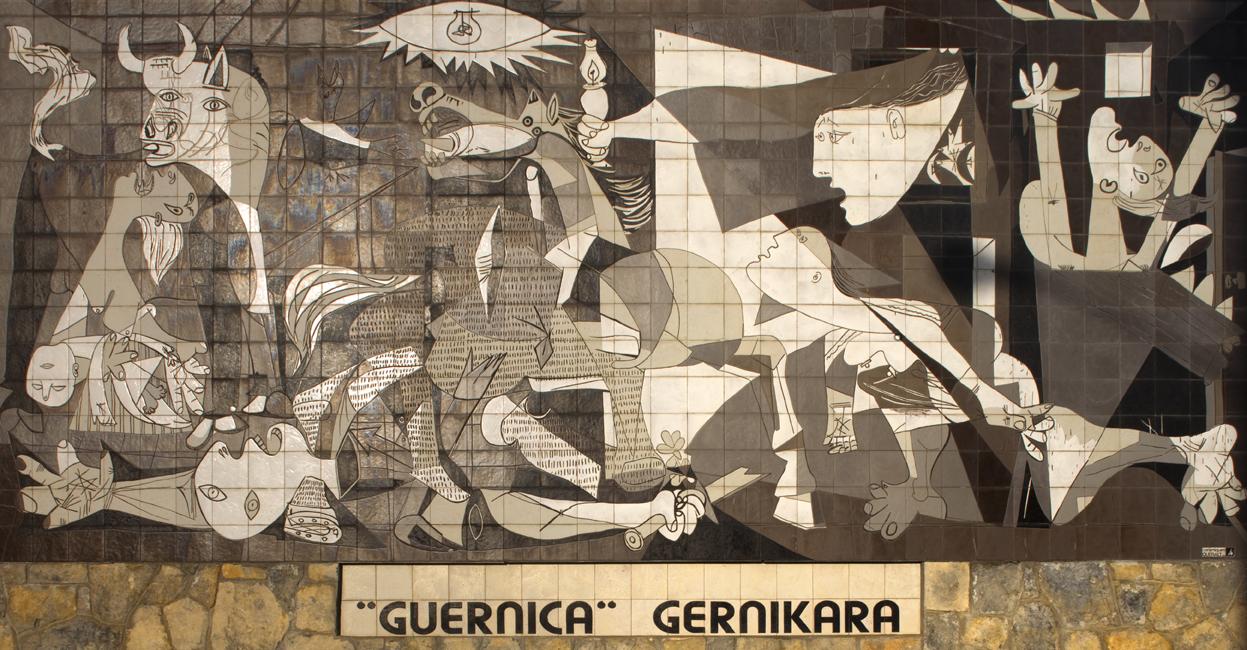
Several of the most prominent figures in Guernica—the bull and wounded horse, to be sure, but also the bird situated on the table between them and the woman holding out a candle to illuminate the scene before her—recall characters from the artist’s large and densely worked 1935 etching known as The Minotauromachy, an image intricately woven with references to the practice of sacrifice.
While he was working on that etching, Picasso was in close contact with a group of surrealist writers particularly interested in sacrificial rituals as moments in which the normally stable oppositions structuring logical thought are suspended. They also regarded bullfighting (corrida) as an example of modern-day sacrifice, and we should note that the central figures of The Minotauromachy are a horse and torera (or female matador), who together impart to the adjacent Minotaur connotations of the modern bullring.
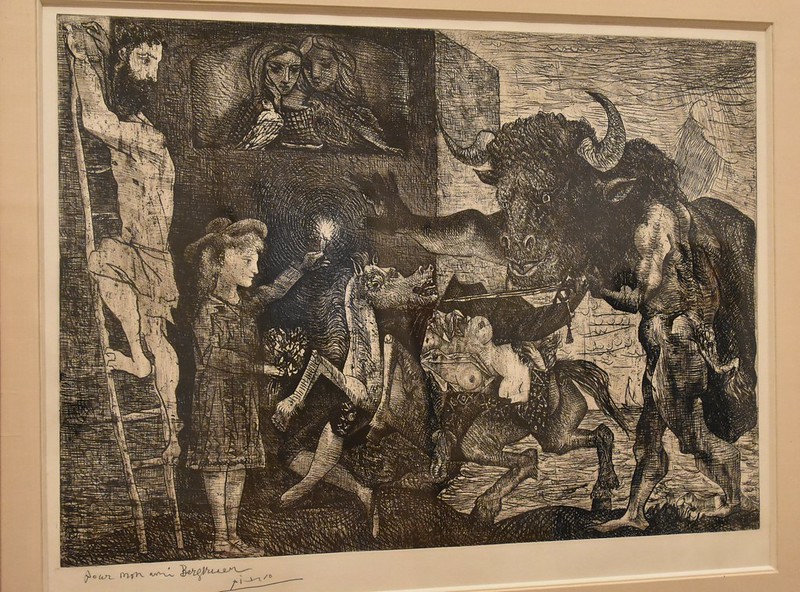
Moreover, not only does the Minotaur, in himself, embody the corrida’s antagonism between man and bull, he also carries slung over his shoulder the cape of a torero. In the two colored proofs Picasso made of the etching, the identification is unmistakable: the bright red cape stands out dramatically from the darker earth tones of the rest of the composition. It therefore seems right to say that the Minotaur of The Minotauromachy, no less than the unconscious woman and wounded horse, is a sacrificial figure, in the sense that he is fundamentally divided against himself.
It is frequently argued that the black and white palette of the Guernica mural points to the fact that Picasso, living at the time outside of Spain, first learned of the bombing’s devastation from newspaper reports and photographs. Indeed, the odd hatching on the horse’s body seems designed specifically to evoke lines of newspaper type. But the painting’s palette also recalls the black-and-white Minotauromachy etching, with its conflicting associations and intimations of sacrifice. Perhaps Picasso felt that those references were apt in the context of a civil war.
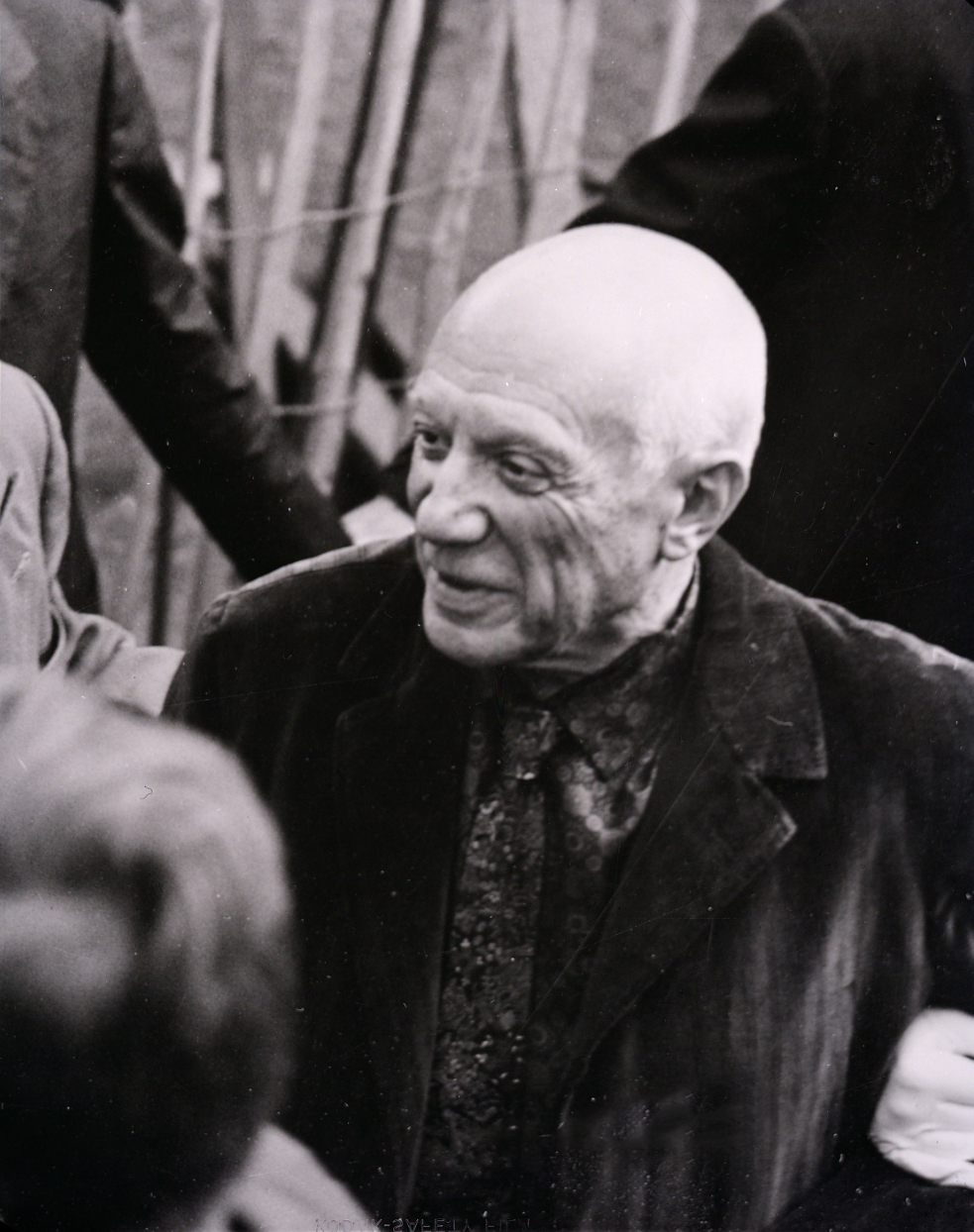
In the years since its painting, Guernica has frequently been regarded as transcending the specificity of the Basque town’s bombing, to stand as a general condemnation of the atrocities of war. The fact that the mural was sent from Paris to the Museum of Modern Art in New York when the Second World War broke out and finally made its way to Spain only in 1981, following Franco’s death and the restoration of democracy, has undoubtedly contributed to this “universalizing” interpretation of the work.
There are nonetheless aspects of it—beyond the distinctively Spanish nature of the corrida imagery and its “sacrificial” connotations of internalized opposition—that gesture toward what at the time must have seemed the very particular and unprecedented circumstances of April 26, 1937. The most glaring of these is the extreme flattening of the composition. We know from photographs taken of the painting in progress that, in its initial state, there was a greater sense of volume. Perhaps its elimination was linked in Picasso’s mind to the destruction of habitable space that was itself one of the bombing’s most immediate effects.
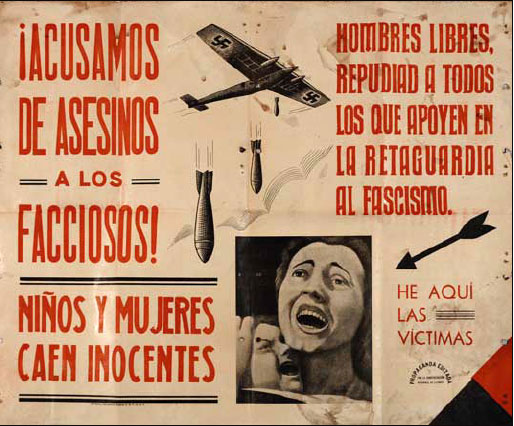
Given this claustrophobic flattening of the image, it may seem ironic that in his final phase of work on the canvas, Picasso suddenly added a pair of diagonal lines to the upper edge of the composition, effectively suggesting a ceiling for the entire mise en scène. At this point, the bright light above, at once sun and explosive blast, also became the electric bulb of an overhead fixture—as if to emphasize through such conflation that, in this then-unprecedented era of air-borne ordnance, even home offered no refuge at all.
Sadly, the temptation to see Guernica as a universal condemnation of war seems less a consequence of generalizing features of the mural’s imagery than of the incessant recurrence of war itself, and of the atrocities that continue to be visited upon civilian populations in the form of aerial bombardment. The impetus behind sacrifice may well be the restoration of order; but for the victims, who never live to reap its benefits, it is only ever experienced as horror.
